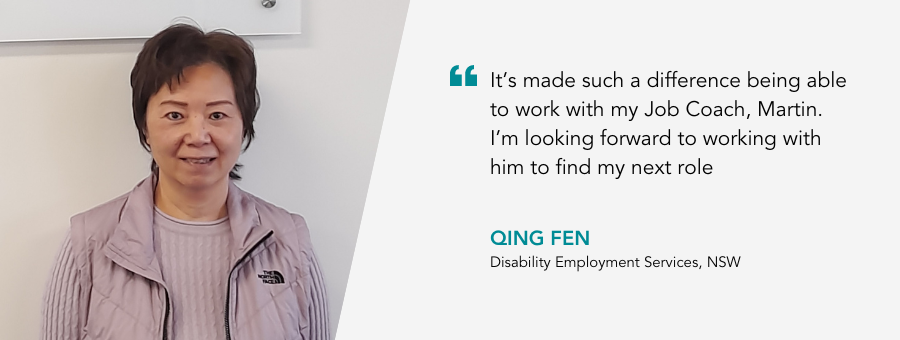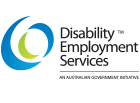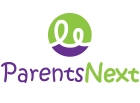
In a survey of 307 HR professionals, The Australian HR Institute (AHRI) shared that almost half of HR professionals (49%) surveyed said that their organisation lacked focus on DEI, with DEI initiatives in Australia focused largely on gender disparity, while less emphasis is placed on under-represented groups such as culturally and linguistically diverse groups, people living with disability and those from lower socioeconomic status (SES). 1 Australian census data 2021 released by the Australian Bureau of Statistics (ABS), spotlights the cultural diversity in Australia:
-
Over 7 million people in Australia were born overseas, representing 27.6% of the population
-
8 million people (22.8%) reported using a language other than English at home
-
Mandarin, Arabic, Vietnamese, Cantonese and Punjabi are the five most common languages used at home, other than English.2
Despite Australia experiencing one of its lowest unemployment rates in decades, some job seekers are still struggling to find work. Based on the May 2023 reference period, the ABS Labour Force Survey indicates that underemployment has increased to 6.4% despite unemployment remaining at 3.6%.
Among those job seekers continuing to require support to find employment is Qing Fen Lu. Originally from Shanghai, China, Qing Fen migrated to Australia with her family in the early 2000s. Having worked in a number of short-term roles, Qing Fen was recommended to engage with her local atWork Australia for support to find employment.
“It’s not easy, you need support for your resume, have local experience, in order for any employer to trust you’ll be a good fit…it was pretty hard at the beginning to get a chance”, Qing Fen shared.
In 2022, The Grattan Institute examined the role migrants play in Australia’s labour market, and found roughly one-in-three workers were born overseas, with those arriving within the past decade making up approximately 10% of the labour force.4 For those born overseas, barriers to employment may include language, lack of work experience in Australia, limited social networks and non-recognition of skills and qualifications.
As a native Mandarin speaker, it was important for Qing Fen to have access to support in her preferred language. Working with a Mandarin speaking Job Coach, Martin, Qing Fen was able to discuss available opportunities and receive advice in her preferred language.
“It’s made such a difference being able to work with Martin, I’m looking forward to working with him to find my next role”, Qing Fen said.
Through support and mentorship, Qing Fen has started to build the confidence she needs to take the next steps to secure employment. Working collaboratively with Qing Fen, her Job Coach has helped to identify her key skills, what relevant experience she has, and what her main interests are.
References
- Davies, G., Ruzbacky, R., Hare, J., Phipps, M., & McCann-Bartlett, S. (2023). The State of Diversity, Equity and Inclusion in Australian Workplaces. Australian HR Institute.
- Australian Bureau of Statistics (20 September 2022), Cultural diversity of Australia, ABS Website, accessed 15 March 2023.
- Australian Bureau of Statistics. (2023, May). Labour Force, Australia. ABS. https://www.abs.gov.au/statistics/labour/employment-and-unemployment/labour-force-australia/may-2023.
- Mackey, W., Coates, B., and Sherrell, H. (2022). Migrants in the labour force: a guidebook for policy makers. Grattan Institute.



